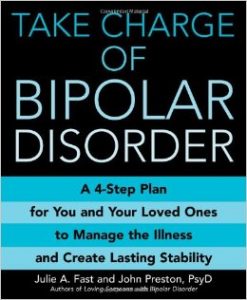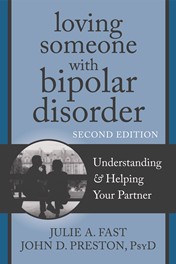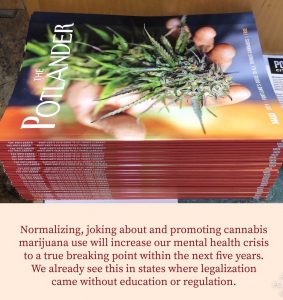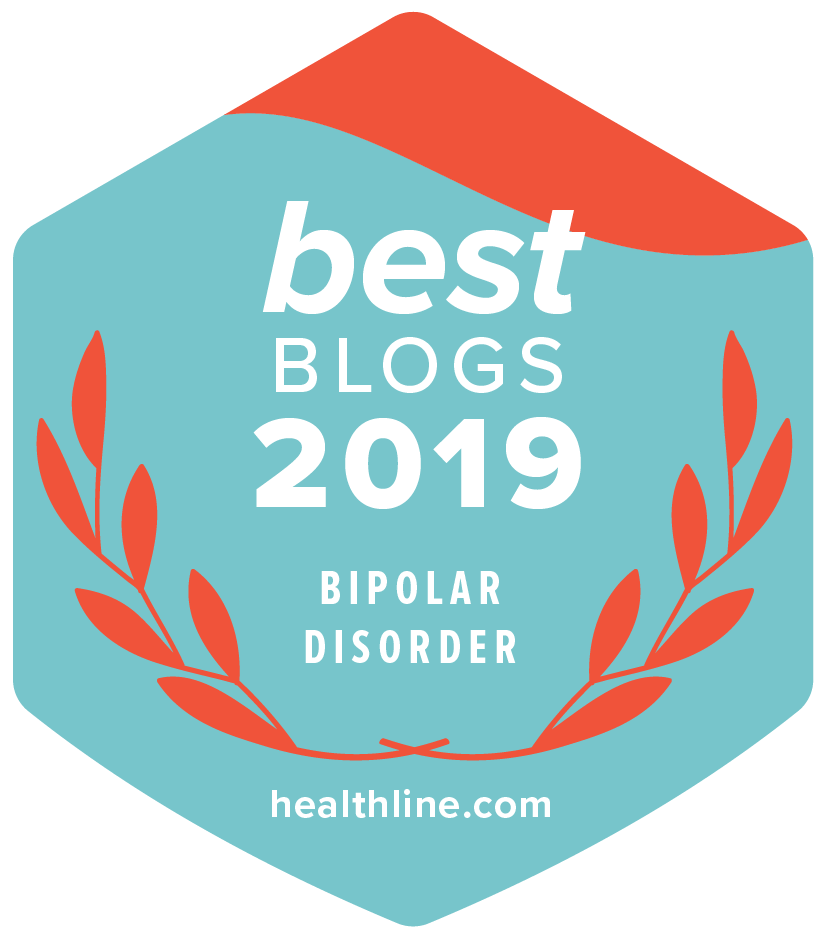
The Hierarchy of Needs List for People with Bipolar Disorder
Those of us with bipolar disorder can be complicated people with complicated emotions. We are often over the top and because of this, our needs can seem larger than life. As a result, we may rush into things blindly and ask the people in our lives for help without thinking of the consequences to the relationship as a whole . We may say, “I’m sick, please help me!” to the wrong person and often too many times. This can lead to many relationship problems and in some cases, the end of a relationship.
I ruined quite a few friendships in this way when my need for help turned into neediness! I made the mistake of reacting from neediness before I thought of what I could do for myself first or how my actions would affect the other person. I just naturally turned to the people I felt close to. And I turned to them a bit too much. You may have had the same experience!
This all changed when I created what I call my hierarchy of needs list. This is a list of people (and sometimes activities) you can turn to when the going gets tough. It has a specific order of people to contact like a chain of command and it guarantees you the help you need while respecting the boundaries of others. The first step is to see what you’re currently doing that may be seen as neediness.
Common, needy mistakes
- Constantly call a partner at work
- Expect a ‘best friend’ to be therapist
- Tell too much to people you don’t know well, especially in a romantic situation
- Miss the signals others are sending you
- Tell a coworker all about your bipolar disorder problems.
- Put the burden of your needs on family members
- Assume that others want or should to help you with bipolar disorder
I did all of the above with disastrous results and then I had an epiphany:
Just because someone is a friend, family member or a partner, it does NOT mean they are the best person to turn to when you need help with mood swings.
No matter how much someone cares for you, if you constantly assault them with your needs, they will get overwhelmed. And sometimes, you may pick the 100% wrong person to ask for help and become very embarrassed! (Been there! Done that!) The secret is to determine who can help in certain situations and then put them in order of their ability and desire to help you. This takes time, but it can change your negative relationship patterns around bipolar disorder forever.
The following is my hierarchy of needs list.
Julie’s List
1. Myself: I use the treatment plans in my books, write in my journal, exercise, and really examine what is going on with myself before I turn to others. This took many years to perfect. I’ve learned to live with a lot of bipolar pain on my own.
2. My therapist, doctors and coauthor Dr. John Preston: Trained professionals know how to hear your needs and help you without getting overwhelmed. I am respectful of their time and make sure I ask for their help in an appropriate way, but they have received quite a few desperate phone calls.
3. Friends with ability to help me without getting upset: I have many friends who will hold my hand when I cry. They can listen to all of my ‘problems’ without getting upset. I know how to limit these conversations and always make sure we talk about how they are doing as well. These are the friends whom I know I can call at 3AM and they will say- “I’m here for you Julie.”
4. My mother: I definitely turn to my mother- but I often do it in a physical way. I watch her garden, play with her puppy and just exist. She always knows when I’m sick and now knows what to do and most importantly, what not to do. We’ve been a team for a long time. When I’m very ill, she is always there for me, but unlike in the past, I think of her needs as much as my own.
5. Social friends who help me get better through activities: I have dear friends who like to watch movies, play games, go to happy hour and talk about the world. They are often my first choice when I need to be around people and just turn the focus off of bipolar disorder. They are ready to talk about the illness when I need to, but I try to keep things lighter so that I can have some fun even when I’m sick.
7. My brother: People help in so many ways you may not recognize. My brother doesn’t talk much about my bipolar. In fact, I don’t think he knows what to say- but he does use my treatment plan I talk about in my books. He helps me around the house when I get depressed. He does my lawn, fixes appliances, sees how I am and does fun things with me. We never talk about bipolar unless I say, “I’m sick today and I need to get out and do something.” And if I’m getting manic, he lets me know!
This list changes and grows- but I’m always at the top. This list can also include a support group, meditation, a walk with a dog or a visit to the coast. It’s up to you. What matters is that there is not only one person on the list- such as a partner or a friend. That is just too much burden to place on one person.
Create Your Hierarchy of Needs List
Once you have given this some thought, you can make your own list. If you had not read this article first, who would have been at the top of your list? Have you overwhelmed some people in your life? Who would you put there now? People can be helpers and listeners, others are doers and others love you but want absolutely nothing to do with this illness. They may not even talk about it or believe it’s real. It’s up to you to recognize their qualities instead of trying to make them fit your needs. If you’re feeling overwhelmed by making this list or that there are not enough people in your life to help, please remember that it took me many years to get where I am today. If you are not sure how to ask for help, start with a support group that focuses on stability and a therapist who can help with behavior changes, you can then add more personal relationships to the list.
You are Ready for Stable Relationships!
As a result of creating and using my hierarchy of needs list, my relationships are more long term and stable. Sure, some of my friendships end and it’s very hard, but it’s not from bipolar disorder neediness. Now that I have the list, I’m reminded that there is help out there. I’m amazed at how learning about what I need and then recognizing who can really help has changed me. It’s about understanding how bipolar disorder affects my life and my needs while also respecting the needs of others. Your list may surprise you. Sometimes it’s the least expected people who can help the most!
Questions to ask the close people in your life:
How do you feel when I talk with you about bipolar disorder?
What role would you like to play in my management plan?
Is there someone else you feel I could talk to?
What do you want our relationship to look like in terms of bipolar disorder?
This can be hard as you may get some super honest answers- but this is what leads to true and lasting relationships.
Questions to ask yourself before you ask for help:
1. What has my relationship with this person been like so far? Am I asking too much?
2. Has this person said that I can call any time?
3. Have I done all I can on my own to help myself?
4. Is this something that should go to a health care professional?
5. Does the person I want to lean on have too much going on in their lives?
6. Is there someone better to turn to?
7. Am I there for them in the way I need them to be there for me?
Julie

If you have bipolar or care about a child or friend with bipolar, I recommend Take Charge of Bipolar Disorder.

If you are a partner of someone with bipolar disorder, I recommend Loving Someone with Bipolar Disorder:Understanding and Helping Your Partner.

If you want an advanced management plan that allows you or a loved one to reduce meds and manage bipolar disorder on a daily basis, I recommend The Health Cards Treatment System for Bipolar Disorder.















